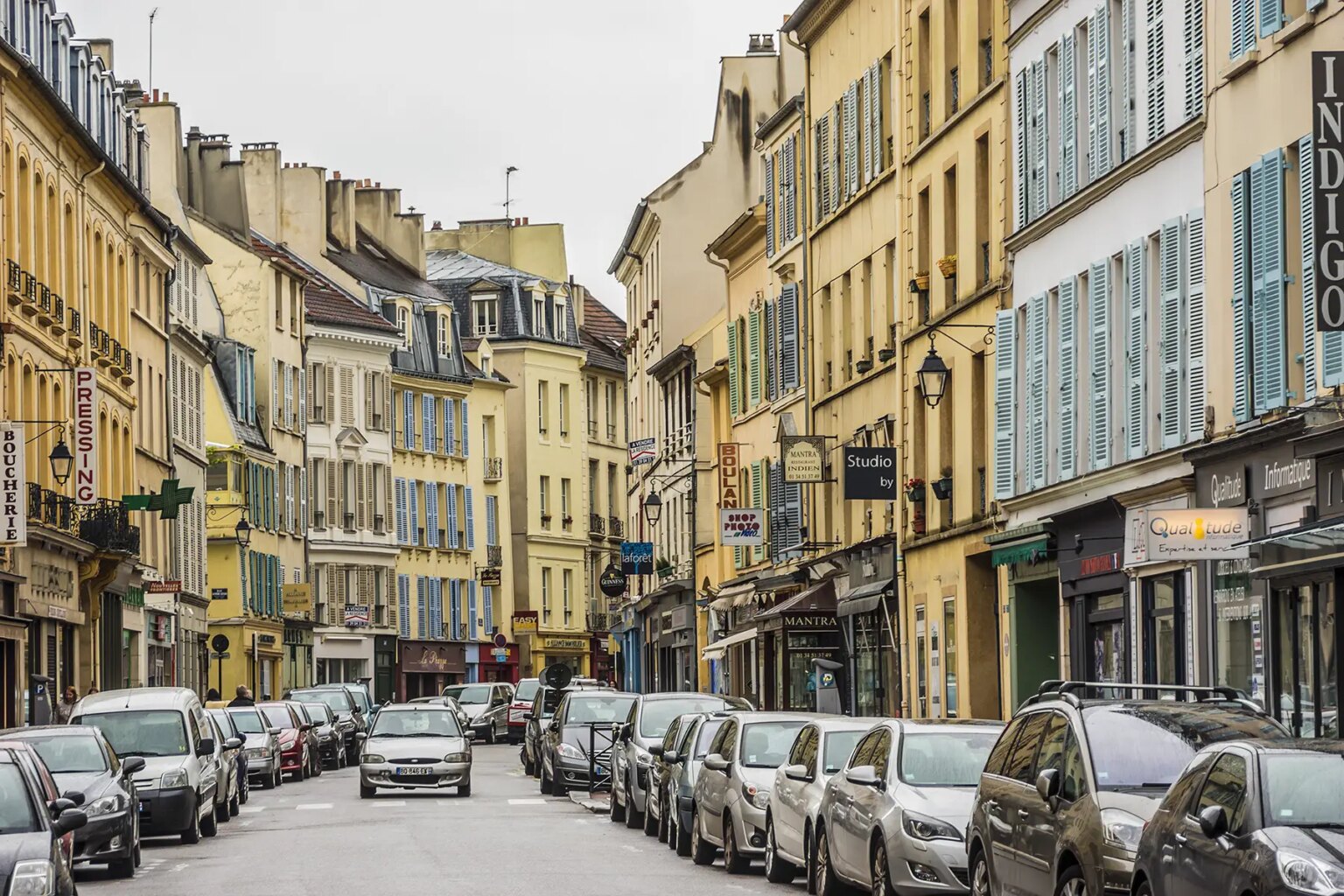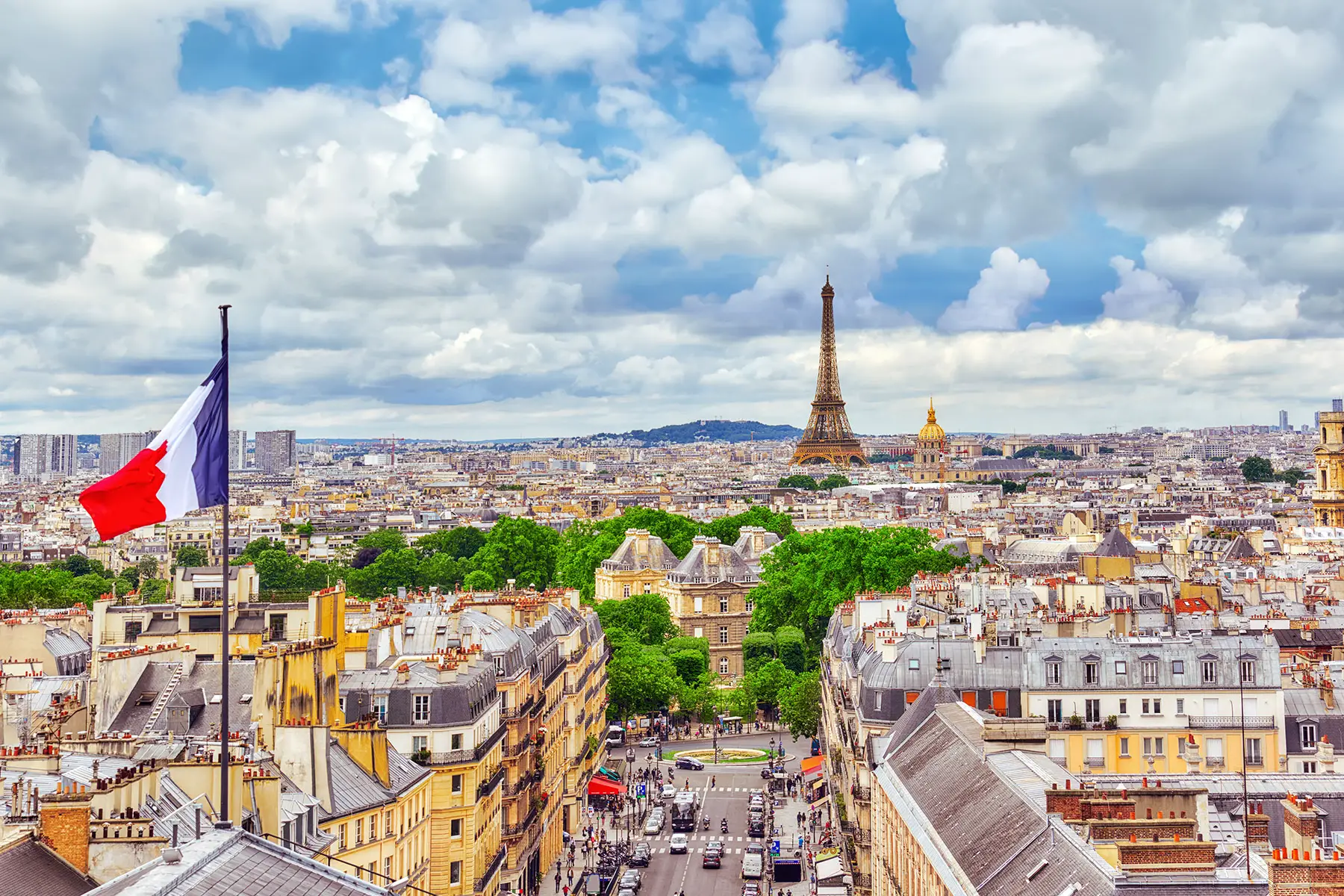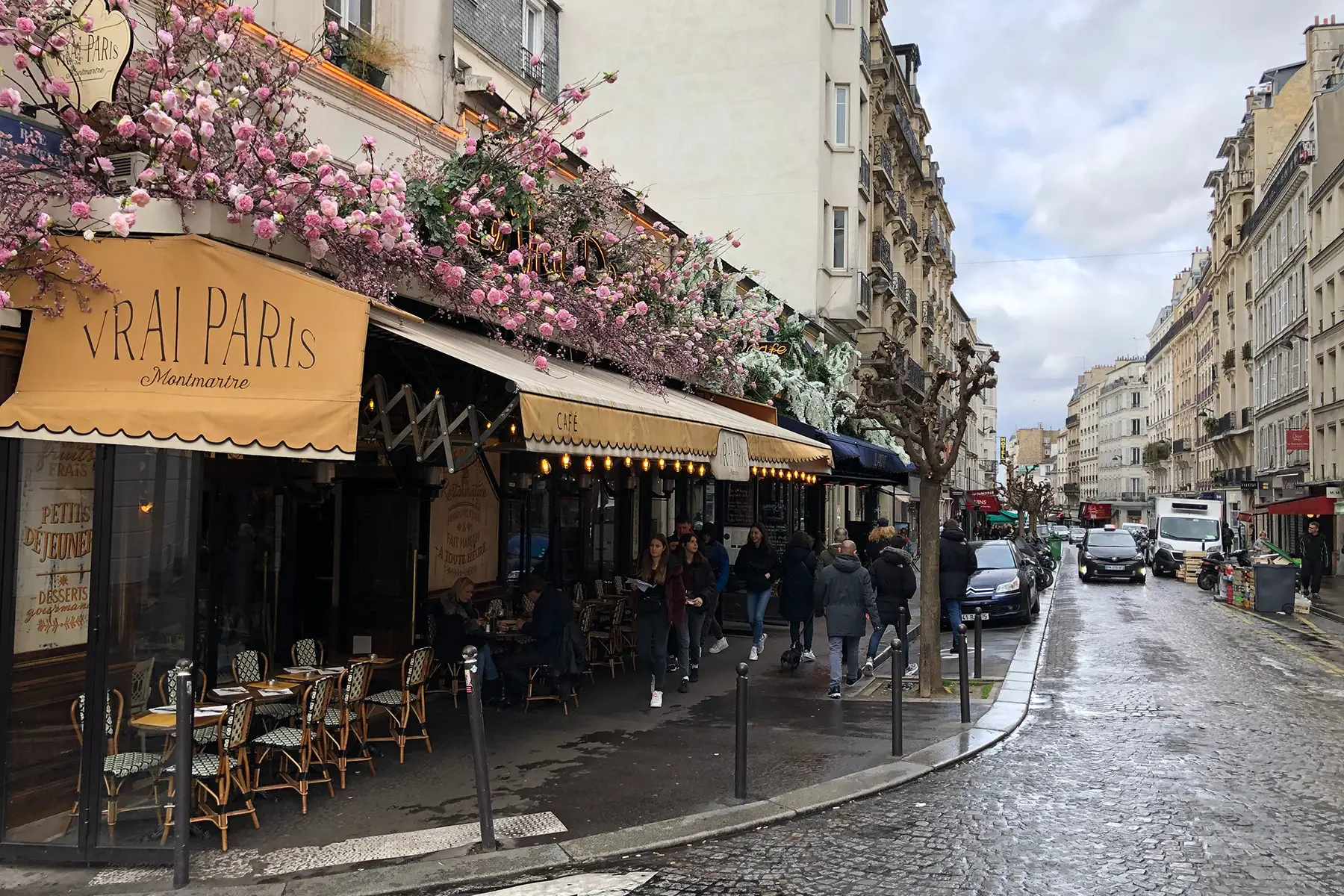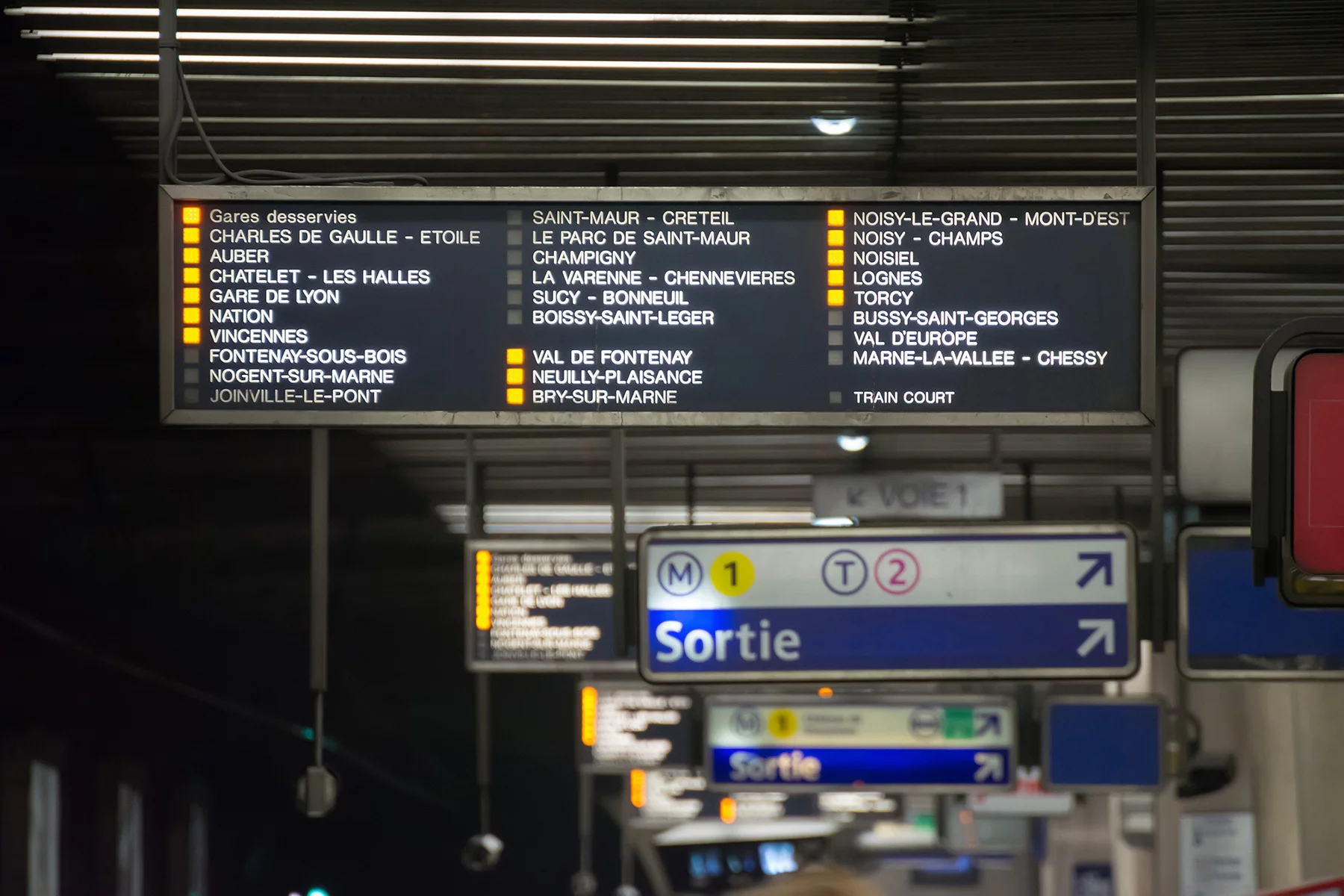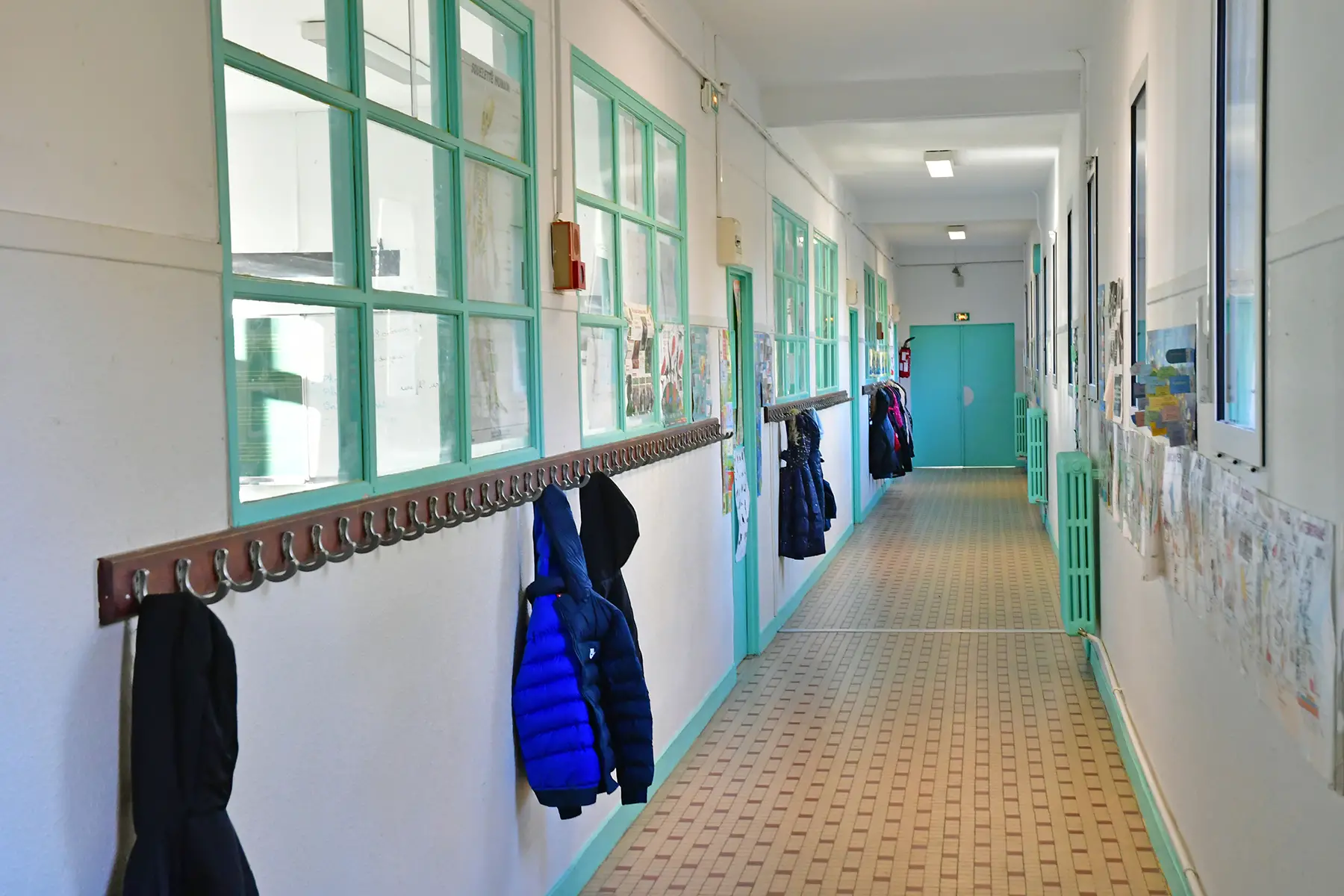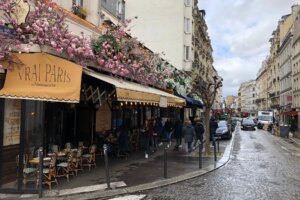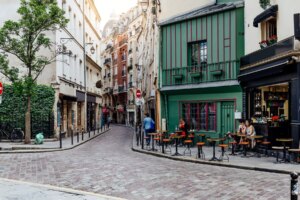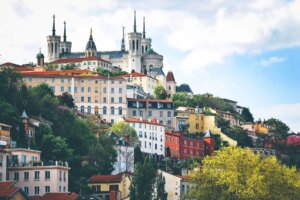While living in Paris might sound like a dream for many people, the reality of finding a home in the capital can be a challenge given the rising cost of rent and the fact that apartments are getting smaller. Some Parisian neighborhoods may also be too loud and crowded with tourists, making them less appealing to those looking to settle down.
Therefore, if you are looking for a bigger home with a garden, or simply lower rent, the suburbs of Paris might be a better option. From the international vibrance of Croissy-sur-Seine to the elegance of Versailles, there are many desirable places to consider, each with its own unique character. What’s more, they offer accommodation of every kind to suit a variety of preferences and budgets.
To give you an idea of what’s on offer, this article includes the following information:
Spotahome
Looking for an easy way to find your next home? Spotahome is an online property portal operating in France that takes the stress out of renting. With Spotahome's unique online platform, you can find, look around, and book your next rental property without leaving home. Making moving home easier with Spotahome.
How to find housing in the suburbs of Paris
Finding housing in Paris and its surrounding suburbs can be challenging and time-consuming, especially for those who are not familiar with the local property market. Of course, you will need to find the right suburb to match your budget and preferred lifestyle before beginning your search for a home.
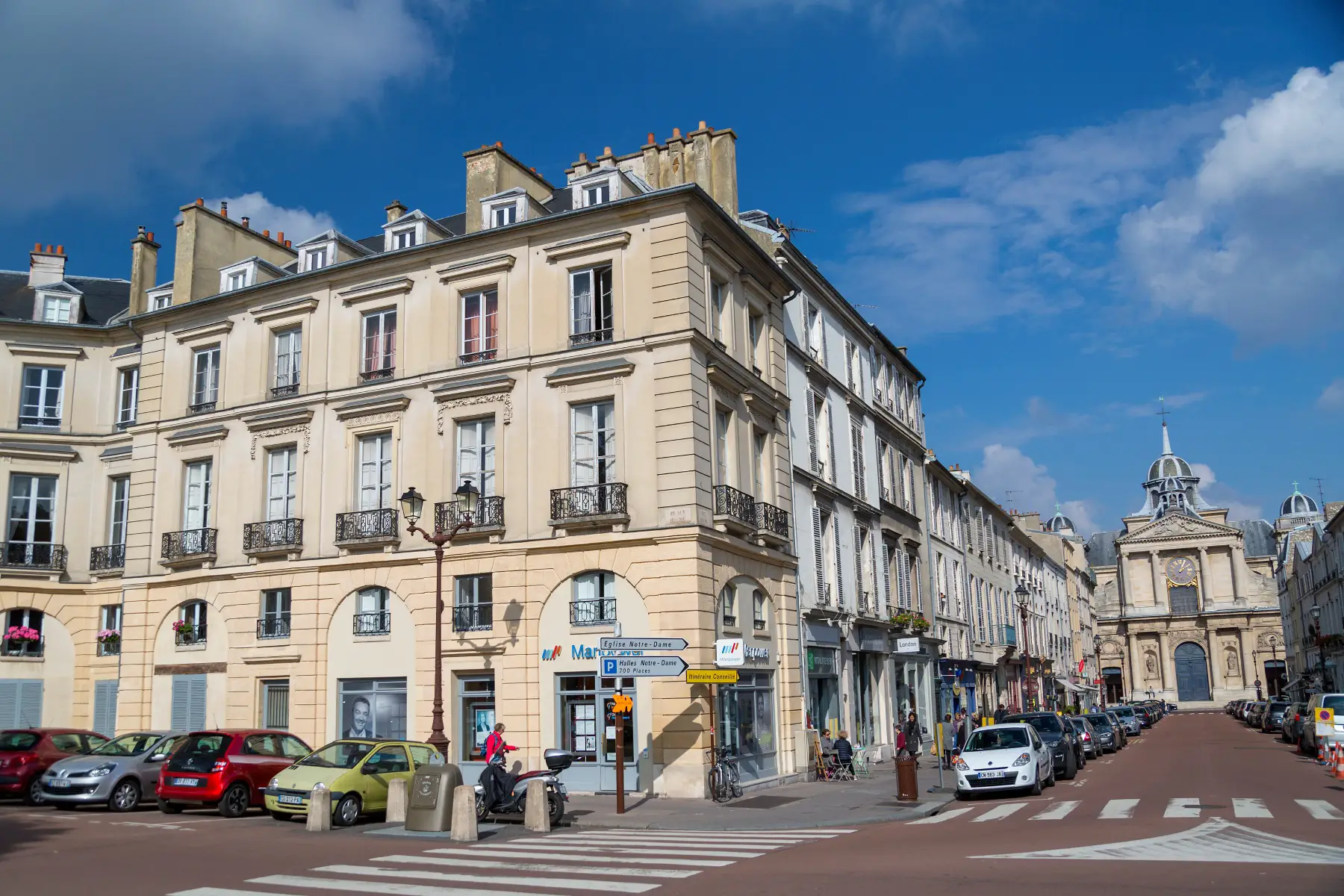
Fortunately, there are multiple websites that make house-hunting easier. Some of the main ones include:
SeLoger is particularly popular among internationals seeking accommodation in the Parisian suburbs. The portal allows you to search under Louer (rent) for apartments for rent. You then need to enter the postcode of the town or area you prefer and click on Rechercher (search).
Before deep-diving into the many apartments available, you can add filters such as pieces or chambres (rooms) and Extérieur (exterior) where you can specify whether you want a garden, terrace, balcony, or even a pool.
You can also filter by Meublé (furnished) or Non meublé (unfurnished), depending on whether you want to bring your own furniture. However, if you want to buy a property, you can head to Acheter (buy) and start your search.
However, if you are moving to the area temporarily, it might be worth searching for short and mid-term rentals on portals such as:
Notably, expats, and particularly students, might also want to join some of the local Facebook groups where people often post apartments or rooms for rent, as well as search for roommates or sublets for short periods of time.
Types of accommodation in the suburbs
Although typical accommodation in Paris consists primarily of apartments, the type of housing you will find in the suburbs can vary depending on the area. For example, while 79% of the housing in Versailles consists of old apartments, 43% of the accommodation in Orsay is new houses.
Some suburbs are also more affordable and spacious, with family houses that come with gardens and parking spaces that allow for an easier commute to Paris.
Renting property in the suburbs
Rental costs in the suburbs of Paris can vary greatly. However, generally speaking, the closer you are to the border of Paris, the higher the rent. Having said that, there are some suburbs in which prices are on par with the city center, due to the desirability of the area.
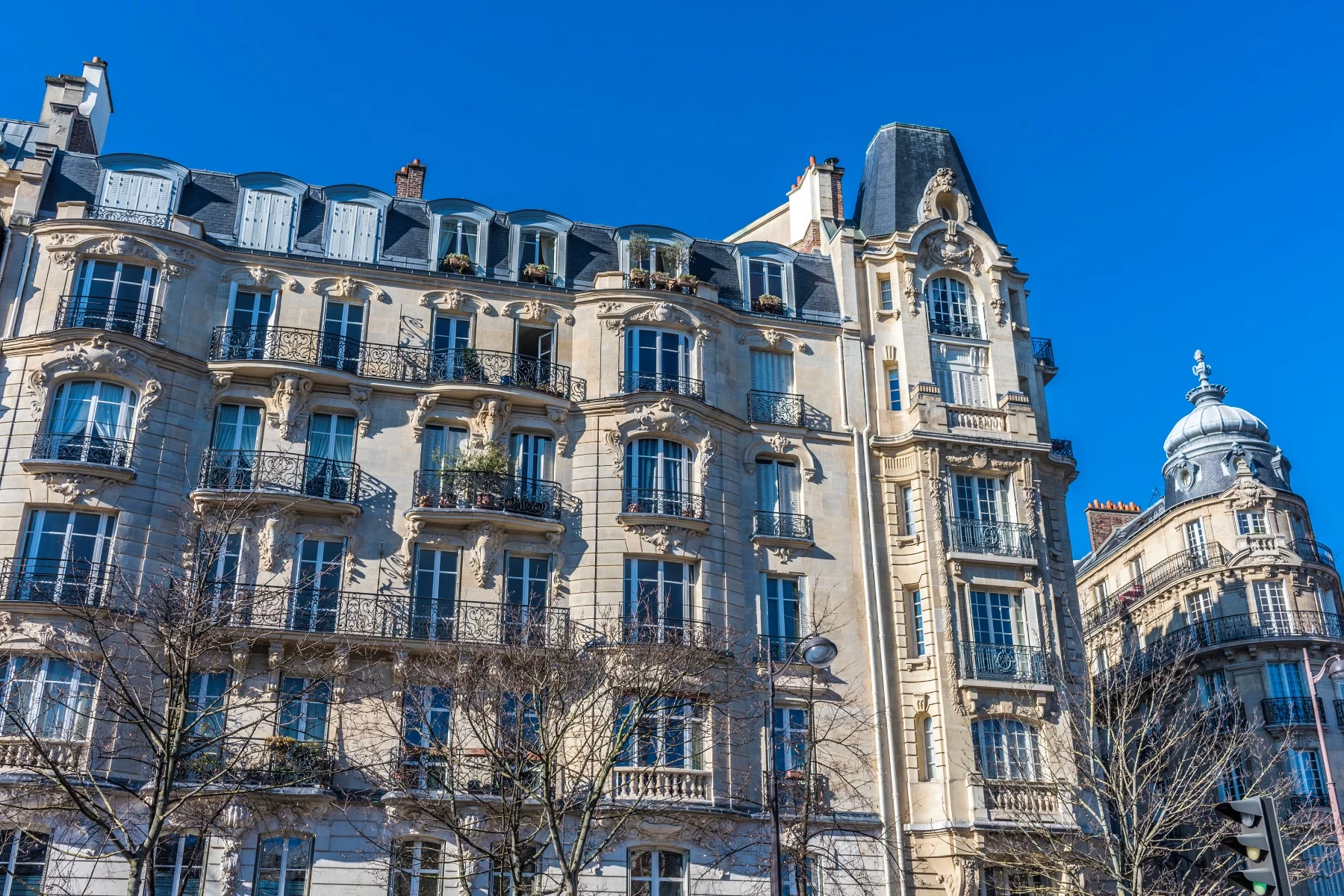
For instance, the rental price per square meter in the highly sought-after suburb of Neuilly-sur-Sein, which borders Paris, is €31, which is higher than in some inner city areas such as the 14th and 15th arrondissements, where rents are €30. What’s more, these prices are increasing every year as the areas continue to improve their urban plans.
You can find the most up-to-date rental costs on SeLoger.
Buying property in the suburbs
Similar to rental costs, property prices in the suburbs of Paris are lower than in the capital, where the average cost exceeds €10,000 per square meter.
Once again, desirability also plays a key role. For instance, in the popular and affluent areas of Neuilly-sur-Seine, Saint Cloud, and Versailles – which border Paris – the cost per square meter is €11,694, €8,060, and €7,571, respectively. Meanwhile, further out in Cachan, Bagneux, and Massy – which some may consider to be ‘unsafe’ places to live – prices are €5,407, €5,391, and €4,623.
You can find the most up-to-date real estate prices on SeLoger. Meanwhile, Le Partenaire provides a complete overview of property prices per region to help you understand the market if you are considering buying or renting a home in France.
An overview of the Paris suburbs
The city of Paris is divided into twenty districts – or arrondissements – which are arranged in the form of a clockwise spiral. However, the city and its surrounding suburbs (or banlieues) make up the region of Île-de-France. This consists of eight administrative departments, including Paris, Essonne, Hauts-de-Seine, Seine-Saint-Denis, Seine-et-Marne, Val-de-Marne, Val-d’Oise, and Yvelines.
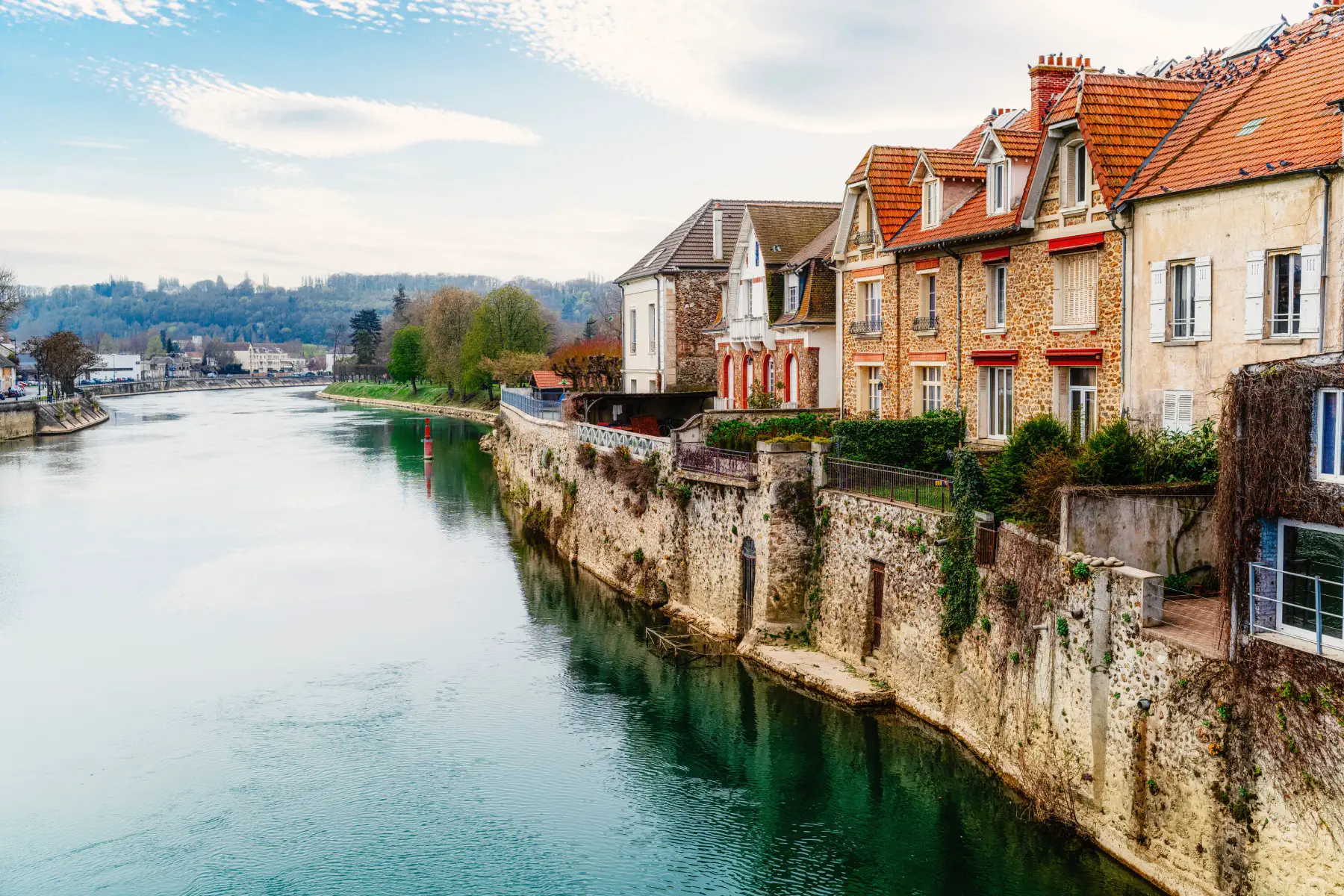
According to statistics from 2020, 19% of the population of metropolitan France live within Île-de-France, making it the most populated region in the country. However, demographics vary significantly throughout the departments. For instance, Seine-Saint-Denis in the northeast and Val-d’Oise in the northwest were formerly industrial and working-class zones. Meanwhile, the southern department of Essonne and the western department of Yvelines are predominantly inhabited by the upper class.
Similarly, reputations also vary from suburb to suburb. For example, Versailles, Le Vésinet, Sceaux, and Maisons-Laffitte are known to be some of the most affluent and desirable areas in Paris. Meanwhile, Clichy-sous-Bois, Bondy, and Corbeil-Essonnes are less privileged.
As mentioned, some communities such as Bagneux, Massy, and Cachan, are also considered to be ‘unsafe’, while other residential areas like Fontenay-aux-Roses, Sceaux, and Verrières-le-Buisson, have a better reputation.
To give you more of an overview of the Paris suburbs, below is a summary of some of the most popular ones to live in among the expat community.
Chatou
Situated just 14km from the center of Paris, Chatou is a family-friendly suburb with many green spaces, making it the perfect location for those looking to escape the bustling city and enjoy some nature. However, although it is only a 15-minute commute with the RER line A, there are often train strikes, meaning that many residents (or Catoviens) choose to own cars and houses usually have parking.
Chatou is perhaps best known for its Ile des Impressionistes, (Island of Impressionists) which is located in the Seine River and got its name due to its popularity among multiple 19th-century artists such as Monet and Renoir. The iconic attraction is home to a museum, restaurant, and open woodland where visitors can relax and enjoy nature.
Art is still an important part of life in Chatou, and it hosts multiple art, music, and antique festivals every year, including the Chatou Island Festival and the National Antique Fair.
Whether you are single and looking to move to Paris for work, or you are a parent with young children seeking peace and quiet, Chatou offers something for everyone.
Versailles
Located 20km southwest of Paris, Versailles was once the home of French royalty. However, nowadays, it is a popular tourist destination surrounded by forests and parks. Although the area around the suburb’s most known attraction, the Palais de Versailles (Palace of Versailles) is bustling with visitors from all over the world, the rest of the town continues with its daily routine.
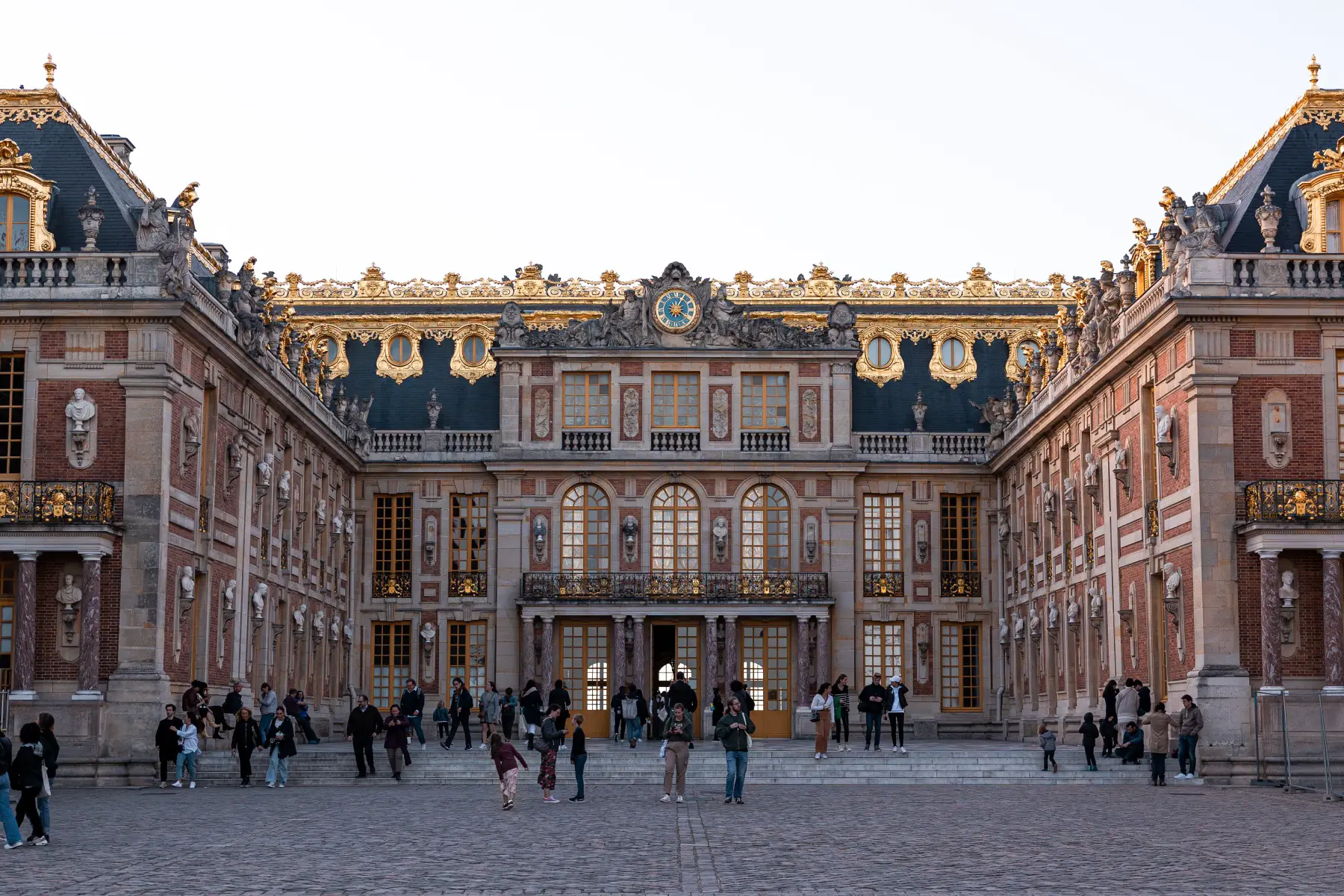
Despite its split personality, Versailles retains hints of its decadent past by hosting cultural events such as the Versailles Grand Park Festival and numerous exhibitions at the Carré à la Farine art gallery. An annual pass to the Palais de Versailles also allows unlimited access to the Fountain Shows and Musical Gardens, which offer scenic walking routes.
There are multiple ways to commute to Paris from Versailles. Traveling by train is the cheapest and most straightforward option, with the RER C and train lines L and N connecting the two. It is also possible to take the metro or drive; although the latter can take up to one hour during the peak tourist season when traffic is more congested.
Orsay
While Versailles may be more suited to working people and families, students might find themselves more drawn to Orsay. The university town is located 20km southwest of Paris, with a direct train providing easy access to the capital. The RER B is the cheapest option for those who commute daily, and it takes around 30 minutes to reach the Cité Universitaire stop.
Orsay offers a mix of affordable apartments and family homes with gardens, with a two-bedroom apartment costing between €1,000 and €2,100 per month. However, naturally, these prices vary yearly depending on inflation.
The suburb provides ample green space, with the Bois de la Cyprenne – a small forest inside the city – offering a scenic escape from the hustle and bustle. Osary also boasts a variety of entertainment, including lectures and exhibitions at the Musée d’Orsay, concerts and theater shows, and shopping at independent boutiques. Those who love nightlife will also enjoy the various bars, nightclubs, and restaurants in the student quarters.
Saint-Cloud
Located 11km west of Paris, on the left bank of the Seine River, Saint-Cloud is one of the wealthiest towns in France. It is also popular among expat families given the abundance of spacious houses with gardens, and the fact that it is home to two international schools, the American School of Paris and the International German School (Internationale Deutsche Schule Paris – iDSP).
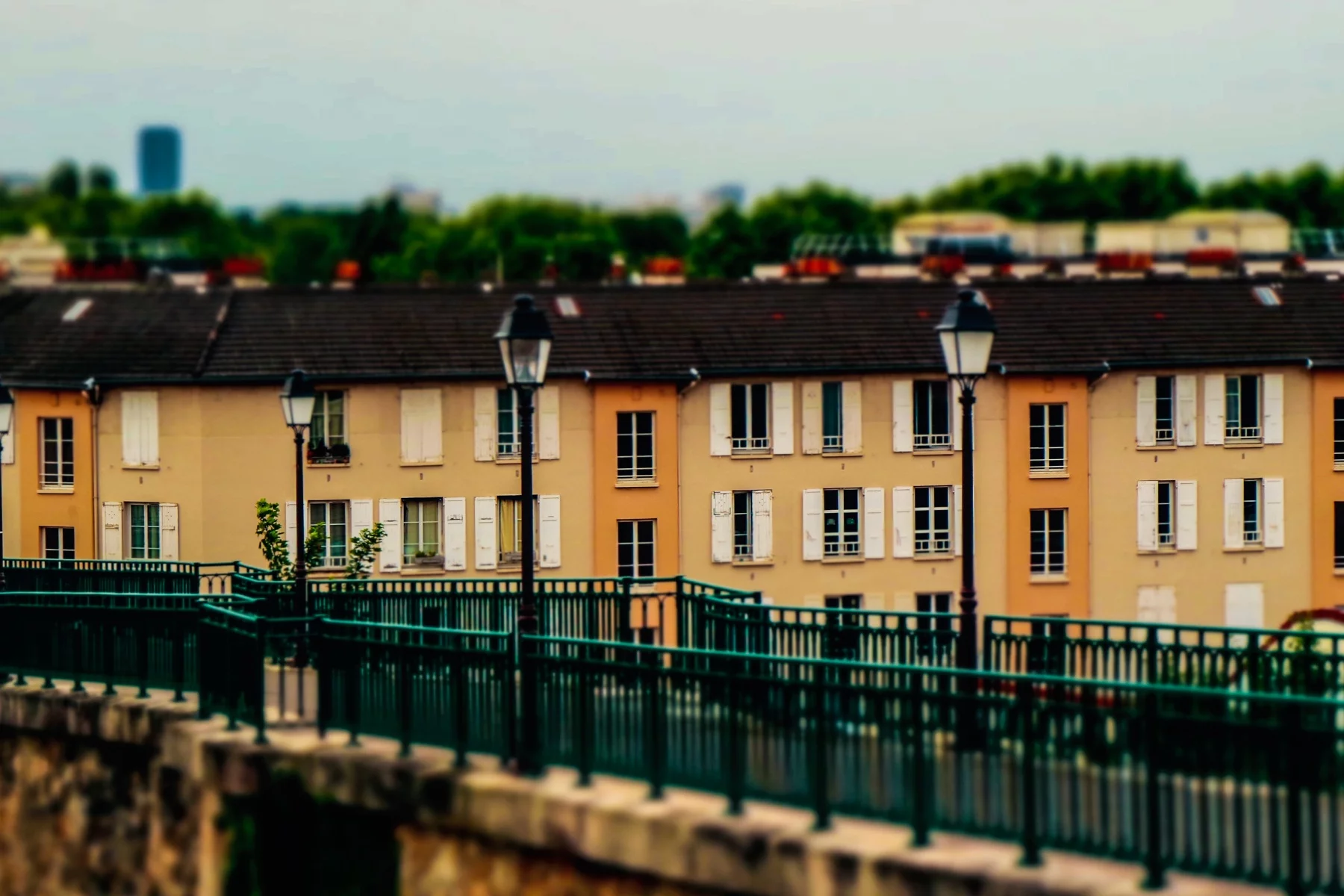
Although Saint-Cloud is primarily a residential suburb, the town center retains its French charm with several bakeries, cafes, and small shops. Commuting to Paris is also easy via the T2 Tram, M10 metro, and RER lines A, L, and U, which take around half an hour. However, it can take up to an hour to reach the city by car, or even longer during peak times.
For those looking to spend their Sunday afternoons having a picnic, enjoying nature, or visiting old architecture, the Parc de Saint-Cloud provides a welcoming green space with its Grande Cascade fountain, English gardens, and sculptures. The park is also home to the former Château de Saint-Cloud, although all that remains are outbuildings.
Another attraction is the Hippodrome de Saint-Cloud racecourse, where the Saint-Cloud Grand Prix takes place every year. Rock music lovers might also find themselves in this suburb when the annual Rock en Seine festival comes to town.
Saint-Germain-en-Laye
Saint-Germain-en-Laye is a quintessential French town that embraces a diverse and multicultural community. Located 15km west of Paris, the suburb is most suited to expat families, and is home to Lycée International de Saint-Germain-en-Laye; one of the top international schools in France.
The school’s international approach ensures that students are fully immersed in the French language and culture while maintaining their mother tongue. And while French is the primary language of instruction, the school supports 12 other languages and expects students to become bilingual.
The family-friendly suburb offers a mix of independent shops and chain stores, some of which have an international focus. Saint-Germain-en-Laye is also a cultural hub and is home to the Musée d’Archéologie Nationale, the Espace Paul et André Vera exhibition space, and the Domaine National, which features beautiful gardens and a panoramic view of western Paris.
All of this is only 20 minutes away from the capital, with multiple bus routes and local trains on the RER A line connecting the two.
Neuilly-sur-Seine
Located 7km northwest of Paris, in the department of Hauts-de-Seine, Neuilly-sur-Seine is one of the most expensive cities in France, with rental prices exceeding €12,000 per square meter. Therefore, those looking to rent or buy in the area will need to have a hefty budget.
Although it is close to Paris, the suburb is relatively quiet and primarily residential with many family homes and multiple parks attracting expats with children. It is also home to Marymount, the oldest international school in France, and offers easy access to other international schools in the neighboring 16th arrondissement.
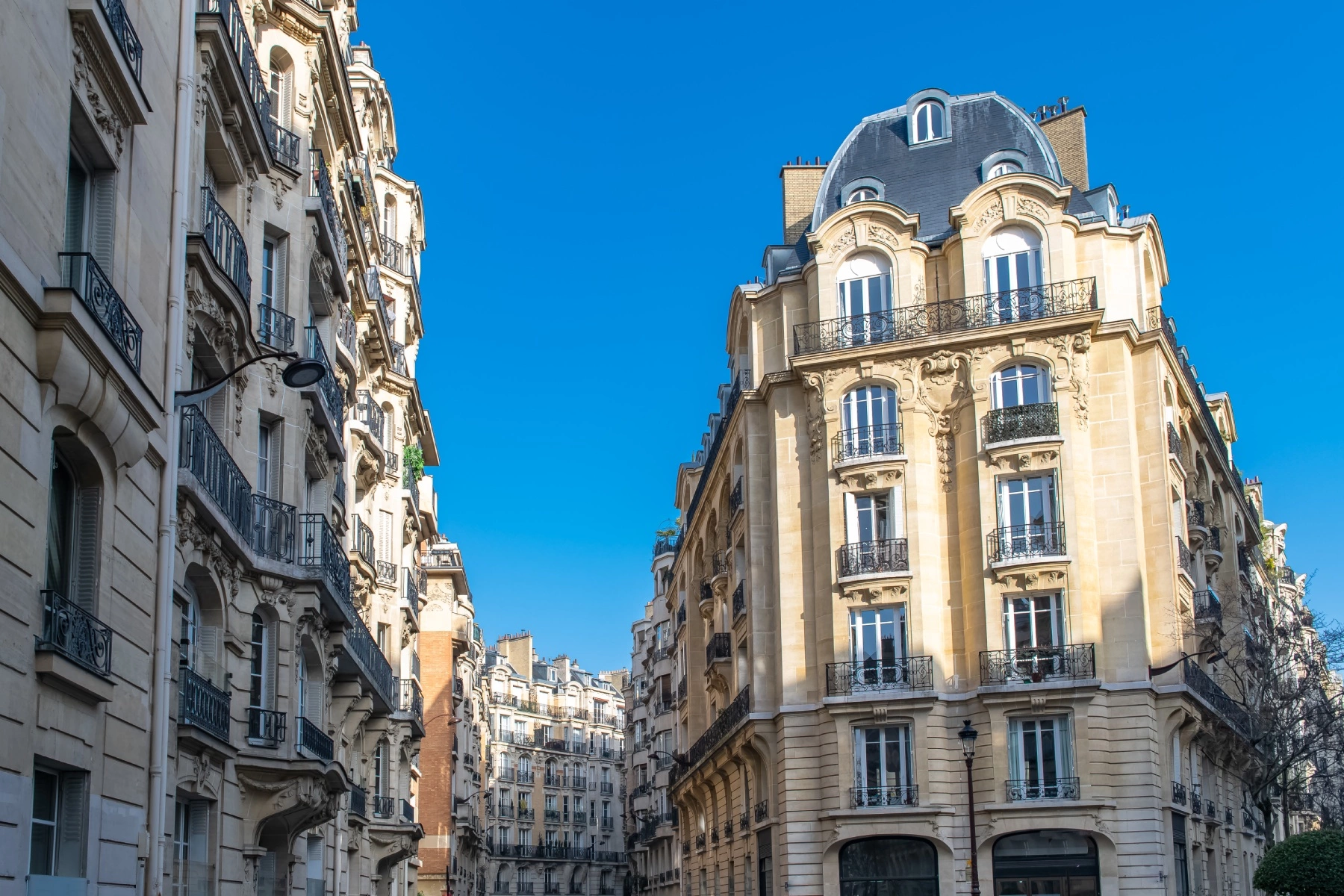
However, despite its quiet, suburban atmosphere, Neuilly-sur-Seine can become lively during its annual events, including the autumn fair and Christmas market. Not only that, but it is close to the Champs-Élysées, Arc de Triomphe, Marmottan Monet Museum, and Parc Monceau, which attract thousands of tourists each year.
Commuting to the center of Paris is an easy 20-minute metro trip or a half-hour drive for those who are brave enough to face the city’s infamous traffic. There are also multiple buses and local rail connections that provide easy access to the rest of the country.
Croissy-sur-Seine
Situated in the affluent department of Yvelines, Croissy-sur-Seine is particularly attractive to expats due to its strong English-speaking community and the fact that it is home to the British School of Paris; one of the best international schools in France.
The town also features a variety of shops and a market every Friday and Sunday morning. There are also numerous events throughout the year, including a June Festival, Christmas market, and Romantic Festival where people can enjoy concerts and performances in the majestic Chapelle Saint-Léonard. The Musée de la Grenouillère is also a key attraction and home to many paintings by famous artists such as Monet and Renoir.
Similar to other popular suburbs, Croissy-sur-Seine is well connected to Paris, with the RER A line taking around 20 minutes, which is ideal for those looking to commute.
Nogents-sur-Marne
Nogents-sur-Marne is a charming commuter town that lies 10km east of Paris on the River Marne. The suburb offers convenient access to the Bois de Vincennes which features several lakes, fields, gardens, and sports facilities. The River Marne is also a popular destination for swimming and rowing enthusiasts.
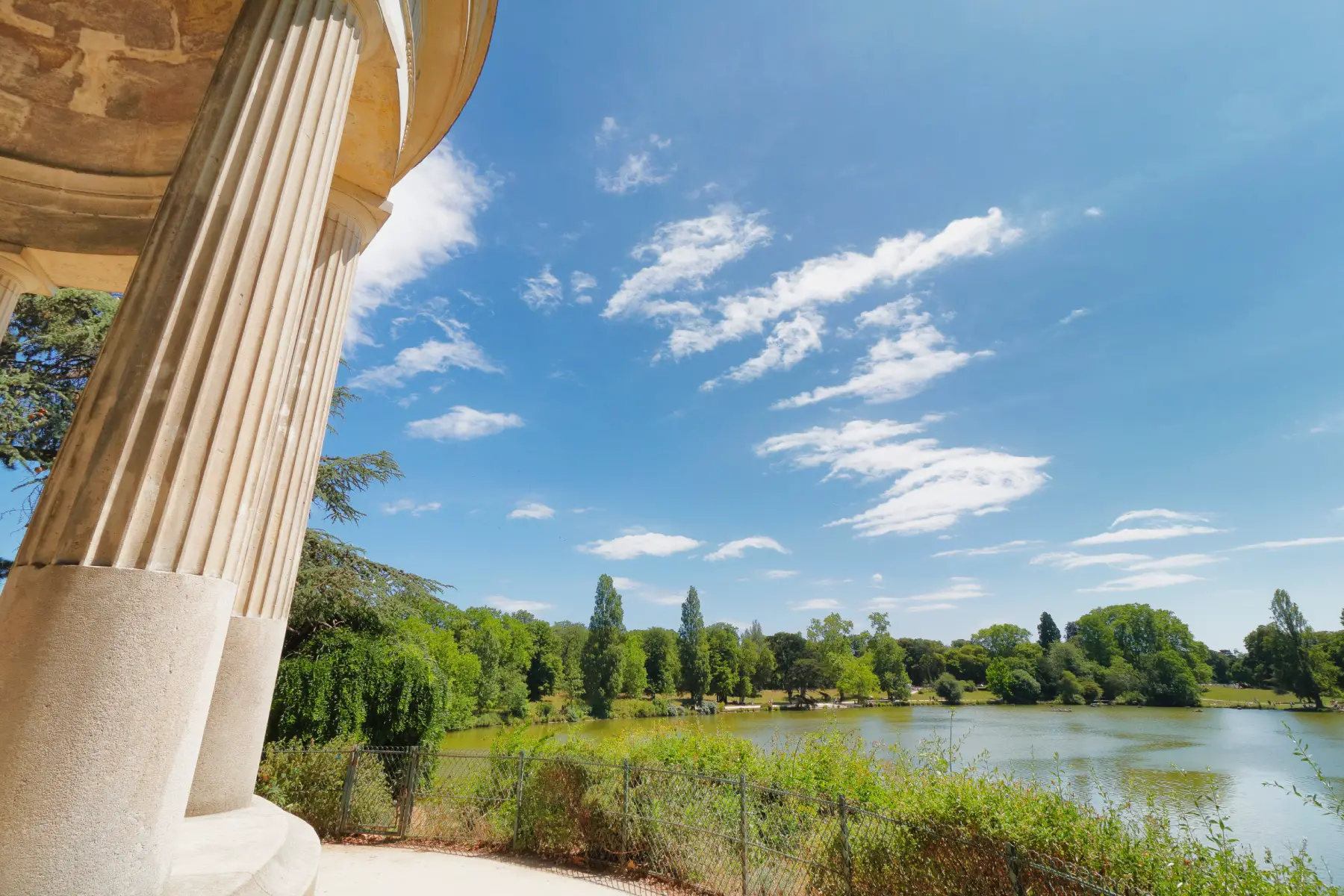
The town’s historical heritage is also impressive, and locals can enjoy the stunning Smith-Champion castle and Medieval Nogent-sur-Marne festival, where knights, acrobats, and markets bring history to life. Meanwhile, the riverbanks of the Marne remain well-known for their restaurants with terraces where locals and visitors alike come to eat and dance in the evenings.
Again, traveling to Paris is convenient, thanks to the RER A and RER E lines, as well as the many bus routes and – for those who wish to change their routine – boats that operate along the Marne.
Suburbs to avoid around Paris
Like any other city’s suburbs, those surrounding Paris are diverse in terms of demographics, culture, and overall quality of life. While some are known for their excellent amenities, affordable housing, and peaceful environment, others have poorer reputations, higher crime rates, and inadequate housing.
One of the most notorious suburbs to avoid is Saint-Denis, which is known for its high crime rates. In fact, the number of felonies and misdemeanors is three times higher than the country’s average. Although there have been efforts to revitalize the area in recent years, the streets can feel unsafe, particularly at night. Therefore, it might not be the most suitable place to live for those with children.
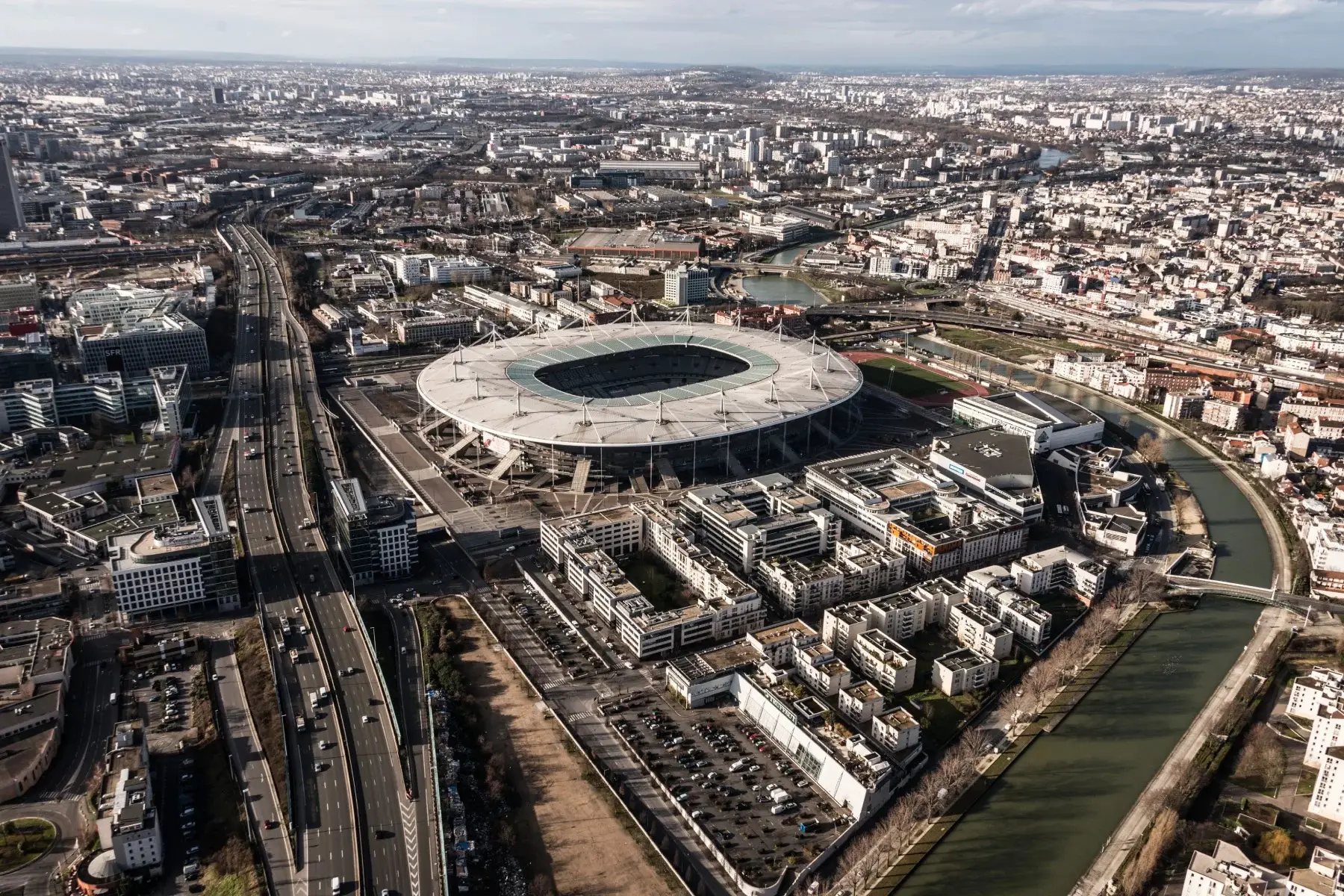
Another suburb to be aware of is Aubervilliers, which has its fair share of social problems and public housing. The area is densely populated, and housing is generally of poor quality, leading to issues with dampness and mold. The percentage of crimes and misdemeanors in the suburb is also twice as high as the country’s average; although still slightly below that of Paris.
Essentially, before deciding to move to any suburb, it is important to do your research and ask for recommendations from local expat groups to ensure that it is a safe and desirable place to live.
Useful resources
- Le Partenaire – a database that allows you to observe the changes in real estate prices over time
- SeLoger – lets you check the current rental and real estate prices in France
- Figaro Immobilier – a real estate website, run by the newspaper Le Figaro, that enables you to find houses to rent or purchase
- L’internaute – provides up-to-date crime statistics for France
- Service-Public – a government portal that provides information about housing in France
